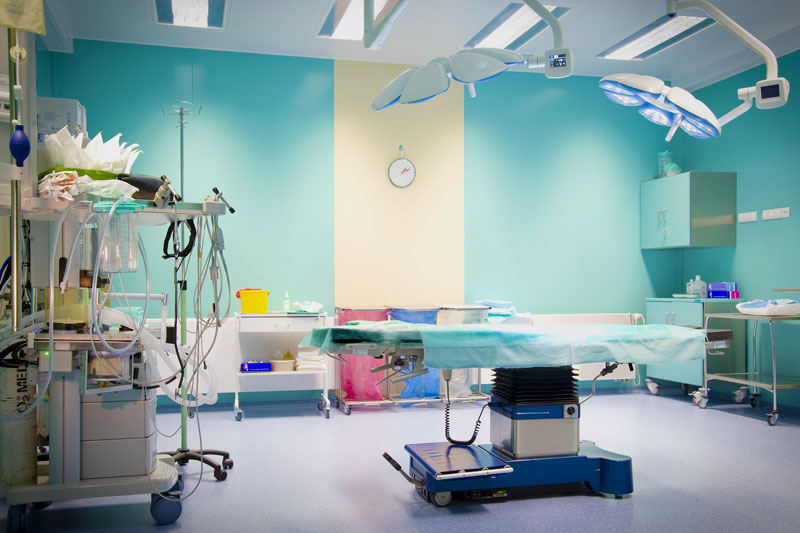The surgical treatment of infertility refers to specific conditions in the man or woman that can be surgically treated and lead to conception either naturally or by assisted reproduction methods.
In men, the main condition that can be treated surgically is the severe form of varicocele (i.e. swelling of the veins surrounding the testicles), provided there is a pathological sperm diagram. In such a case, surgical treatment is necessary, but it does not always lead to an improvement in the pathological sperm diagram. At a 40-50% rate, the sperm diagram will not improve significantly after 6 months of surgery. It should be made clear that the presence of mild or moderate varicocele is quite common and does not require surgical treatment, especially if the sperm diagram is normal or slightly affected.
In cases of azoospermia or severe oligasthenospermia, live spermatozoa with testicular biopsy may be found. This is a surgery in which the testicle is opened, and a tiny piece is obtained in which live sperm may be found, which will then be used for microfertilisation (ICSI) during IVF. Retrieval can be done either by the testes (TESA-TESE) or by the epididymis (MESA-PESA). The semen can be used immediately or frozen for future use.
The woman is treated surgically for many infertility related diseases.
The great development of endoscopic surgery (Laparoscopy, Hysteroscopy) over the last 25 years has greatly reduced the need for open surgery (Laparotomy) in terms of infertility problems.
Hysteroscopy has a place for both diagnostic and therapeutic infertility. In many IVF units, diagnostic hysteroscopy, that is, the uterine cavity is examined with a hysteroscope, happens as a routine examination before the first IVF attempt for the couple.
Invasive hysteroscopy is the appropriate method:
- for the removal of endometrial polyps
- for removal of submucosal fibroids (ie a fibroid projecting into the cavity of the uterus)
- for cross-sectional congenital diaphragm
- for resolving endometrial adhesions (Asherman syndrome), which have been caused either by inflammation or by previous surgeries in the womb
Laparoscopy plays an increasingly important role in the treatment of infertility-related diseases. Diagnosticlaparoscopy cannot be considered a routine examination in infertile couples. However, it is possible either when the doctor suspects the presence of endometriosis, the treatment of which may increase a woman’s fertility, or after 1-2 failed IVF attempts, especially if there were good quality embryos.
Invasive laparoscopy is the method of choice:
- for removal of fibers larger than 4 cm
- for removal of cysts in the ovary
- for resolving adhesions in the abdomen that block the fallopian tubes
- for removing damaged fallopian tube (hydrosalpinx) that can negatively affect IVF attempt
- for the treatment of endometriosis, either in the form of endometrial cysts in the ovary or in the form of endometrial foci in the peritoneum
The above are general principles of surgical treatment and are certainly not a “guide” in approaching all incidents. The reproductive physician focuses on the particular characteristics of each case and suggests to the couple an optimal plan of action. A personalized approach, whether it involves surgery or not, maximizes the chances of achieving the goal, other than the birth of a healthy child.






